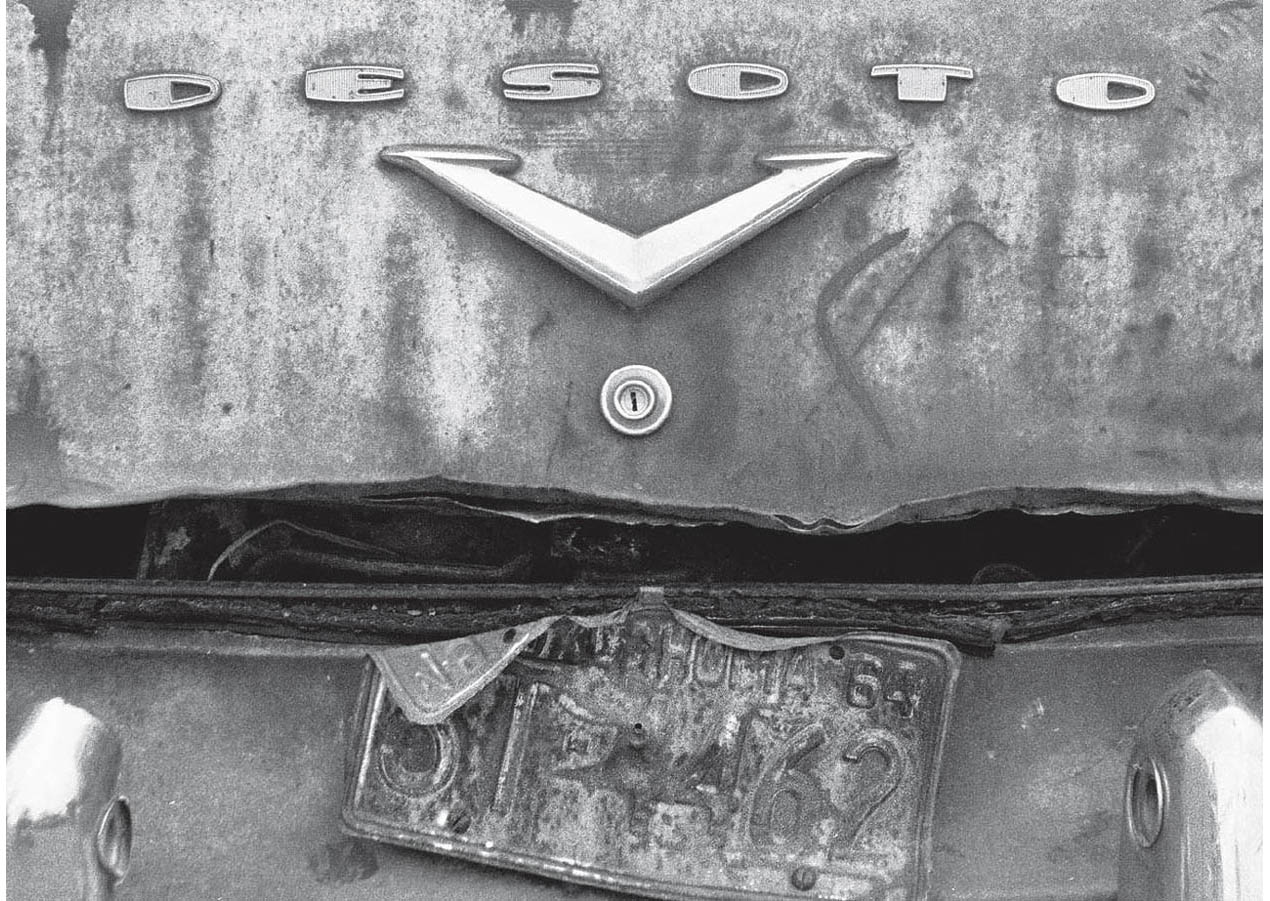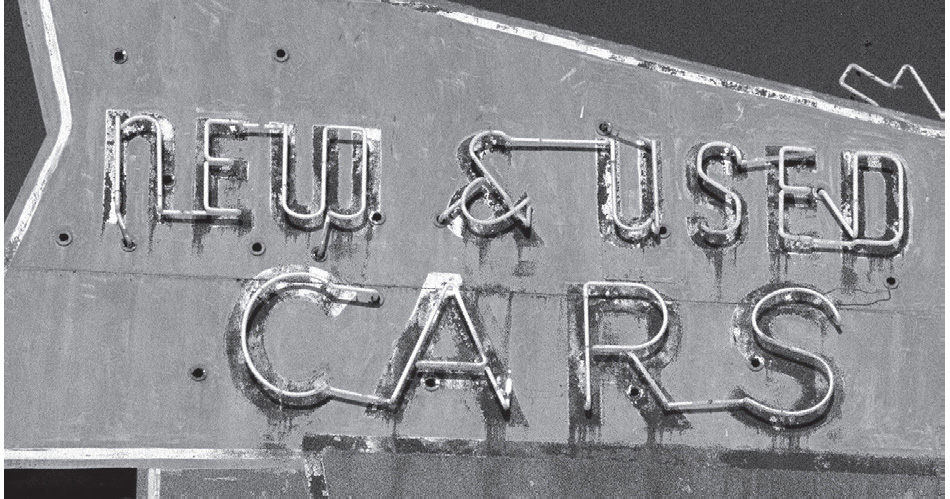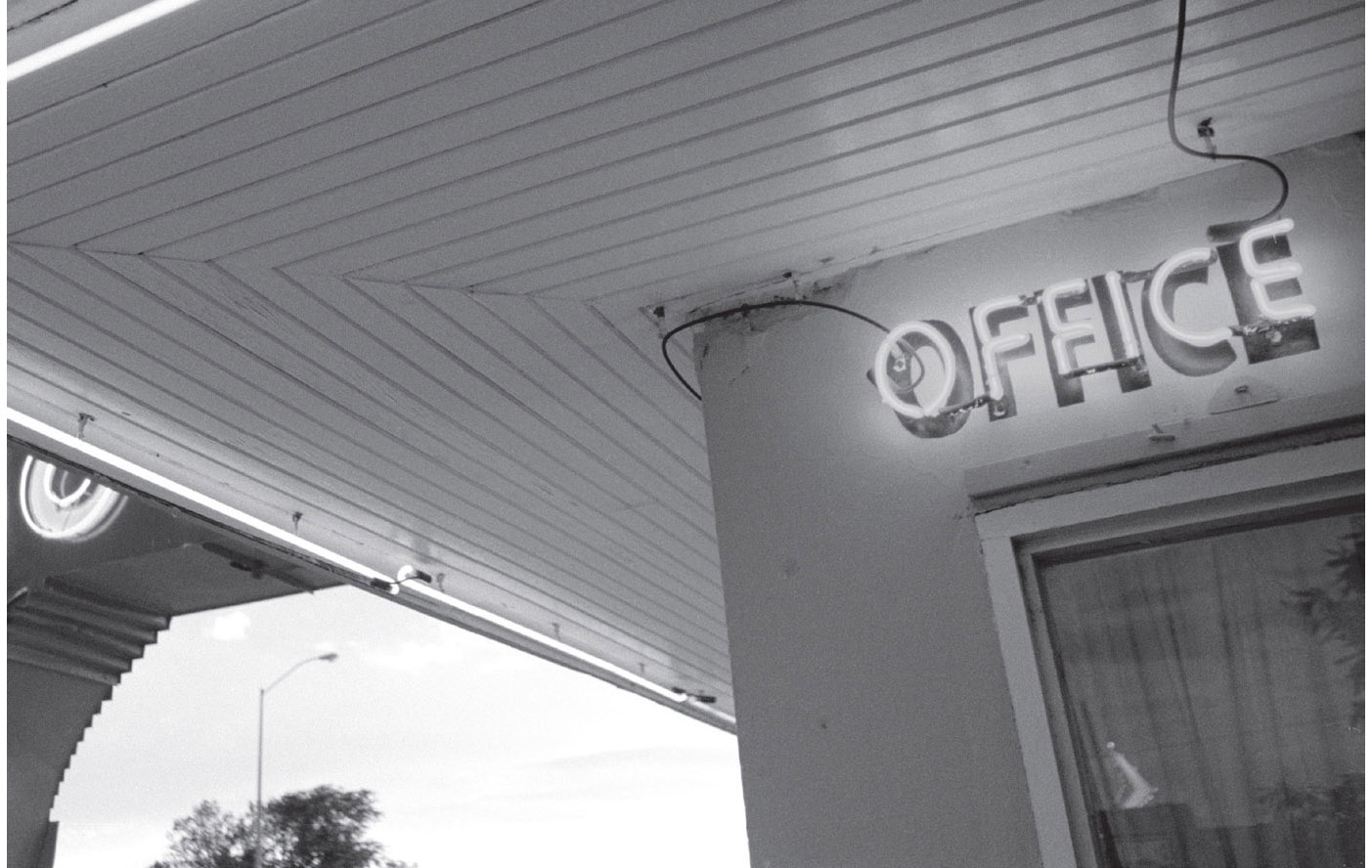You’re wearing a pair of tight, ill-fitting shoes. Sure, they’re stylish, and they look pretty sharp with that suit of clothes you’re wearing, but the fit is not right. They’re confining. Furthermore, it’s been a long day and you’ve been in those shoes so long and become so acclimated to their shortcomings that you’ve stopped paying attention to them. You’ve repressed your pain and forgotten what it feels like to be barefoot on a soft, cool carpet of green grass.
Now take off those shoes. Right away, good things begin to happen. The blood vessels in your feet begin to open up, allowing an influx of fresh oxygen and nutrients. The pores of your feet open up and bre-e-e-eathe for the first time in a long time. Even the rhythm of your own breathing becomes less strained, and your mind is sharpened. You flex your toes with enthusiasm and think: “Ahhh, now that’s more like it!” And you wonder how you could have put up with your discomfort for so long.
If you’ve never driven old Route 66, you’re in for a similar sensation. And the analogy is far more apt than you might imagine.
For decades now, highway travelers—you included—have been subjected to an onerous set of circumstances which are, by and large, passively accepted. Furthermore, this condition has been accepted for so long that many of us have either forgotten that things weren’t always this way, or—even scarier—may never have known anything different.
That set of ill-fitting restrictions I’m referring to is of course part and parcel of today’s Interstate Highway System. Now, before you accuse me of wrongly condemning America’s most ambitious peacetime engineering project in its history, hear me out.
Admittedly, the interstates—like the ill-fitting shoes—are not entirely without practical benefits. They are, after all, designed with graceful, high-speed curves, and enable us to travel from point A to point B in minimal time. We accomplish this with greater fuel efficiency, thanks to the ability to move with unvarying speed. And, a limited-access highway is safer from the standpoint that there are no driveways for irresponsible motorists to pop out of unexpectedly. These qualities are quite attractive, particularly to the long-distance truckers among us.
But what are those features costing us? That snazzy pair of oxfords does have a few important drawbacks. Did you ever stop to think of what a tremendous misnomer the word “freeway” is? There’s not much freedom in interstate travel. Consider that you are shielded and encapsulated against the world at large. Sealed in your fast-moving mobile cocoon, your perception of the world is distorted. You are cut off from sound and smell by your tightly sealed windows. Open the window, and the buffeting and roaring of the air will cut you off from your senses just as effectively. Visually, the interstate corridor offers only the barest glimpse of the surrounding countryside. Your visual stimulation is often limited to mile markers, exit signs of uniform appearance, and perhaps a grove of trees to block your view of anything outside the world of the superslab. This isolation is partly due to the enormous amount of land which America’s interstates have taken as their own. There are enormous swaths of acreage on both sides of the interstate, in the medians, and still more locked up in the countless clover leafs, flyovers, and other interstate-grade interchanges. All of that empty acreage contributes to the interstate traveler’s isolation from his or her surroundings.

Retired road warriors like this one litter many parts of the Mother Road.
Furthermore, there are restrictions which make it unlawful to attempt to squeeze a little more gusto from the experience. There are minimum speeds which must be maintained, preventing you from taking advantage of whatever paltry visual stimuli might actually be available. There are also prohibitions against non-emergency stopping or slowing, and against turning your vehicle around. No wonder it’s hard to stay awake.
Ah, but Route 66. Now there’s highway travel for you. Kick off your shoes, because the above restrictions do not apply.
On Route 66, there is healthy stimulation for all the senses, and conditions encourage you to take full advantage. Sensory experience is in no way out of fashion on the Mother Road. Smell the new-mown hay and the honeysuckle. Hear the clamor of children playing softball in a nearby park, or the tolling of a church bell. Feel the breeze on your face and know that the coolness signals a change in elevation, or even a new climate zone.
Visually, the difference is even more dramatic. There are schools and stores and mountains and crosswalks and downtowns and trains and depots and rivers and billboards and murals and cafés and menus and humanity.
Don’t forget: you can pull over and stop at almost any time to savor it a little more. You can travel Route 66 by bicycle, on horseback, or even on foot, so as not to miss a single nuance—don’t try doing that on the interstate!
One of the knocks against Route 66, which eventually led to its demise, was a call for increased efficiency. The interstates are considered efficient because they transport us with a maximum of speed in a minimum amount of time. That’s well and good. But my point is this: the interstates have had some unforeseen and undesirable side effects, because at the same time that they minimized the amount of our time in getting to our destination, they also minimized the quality of our time on the road by placing us in an experiential vacuum.

Part of the roadside in Tulsa, Oklahoma.
That quality of experience is what you’ll put back in your life when you kick off those shoes and travel Route 66.

Tucumcari, New Mexico, used to offer thousands of motel rooms back in the day. Several of those motels are still open for business. GPS: 35.17193,-103.71632